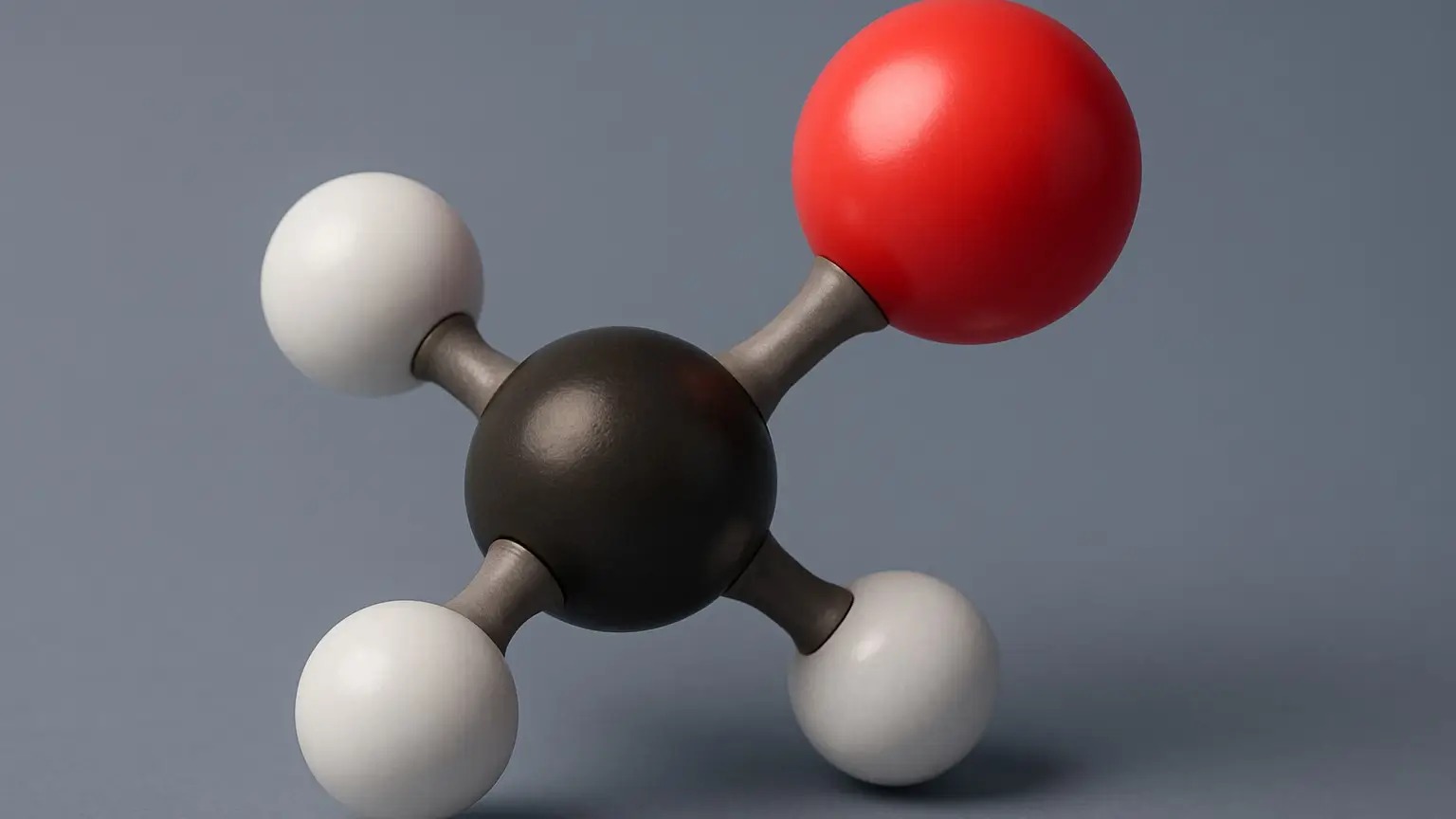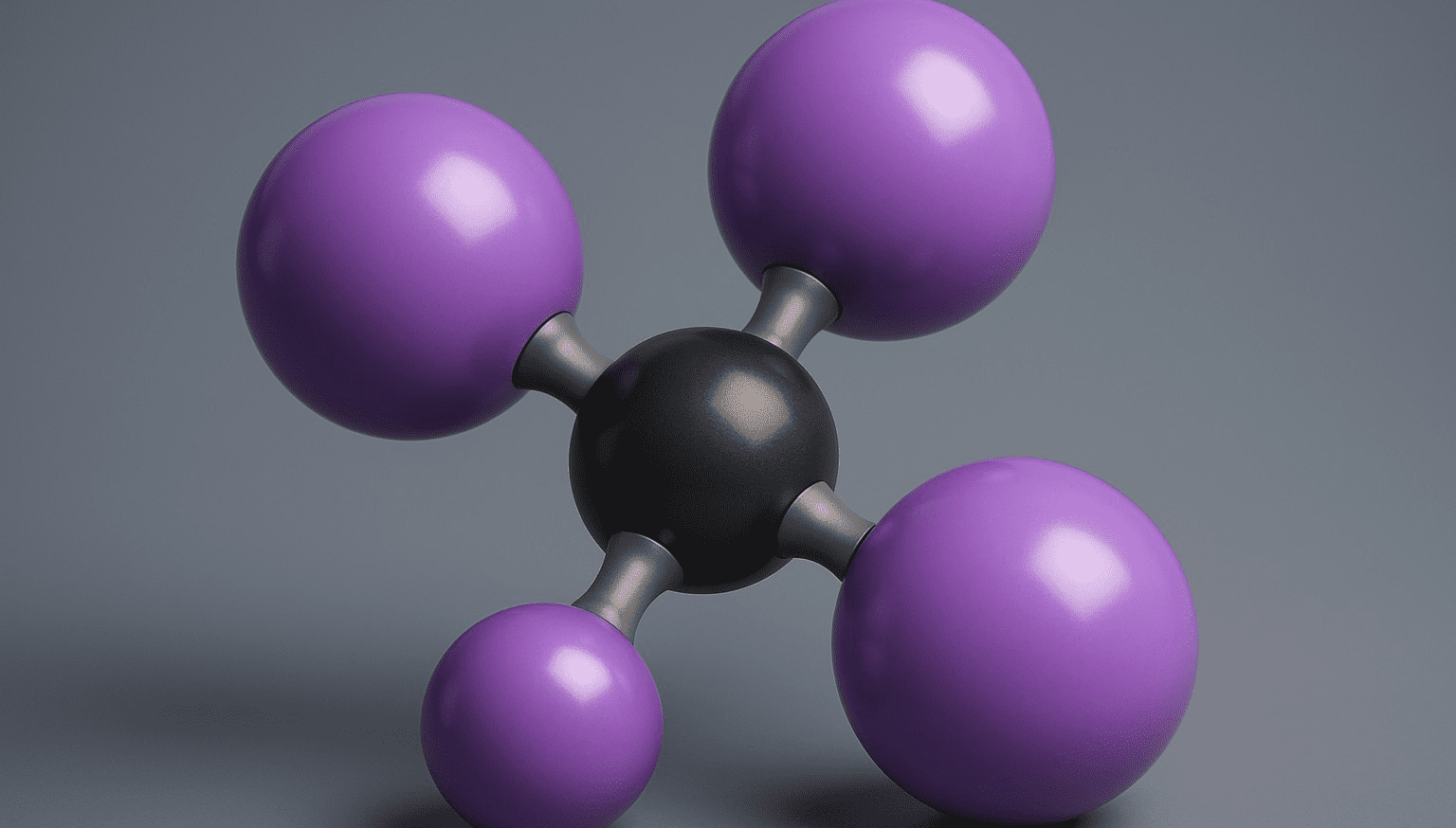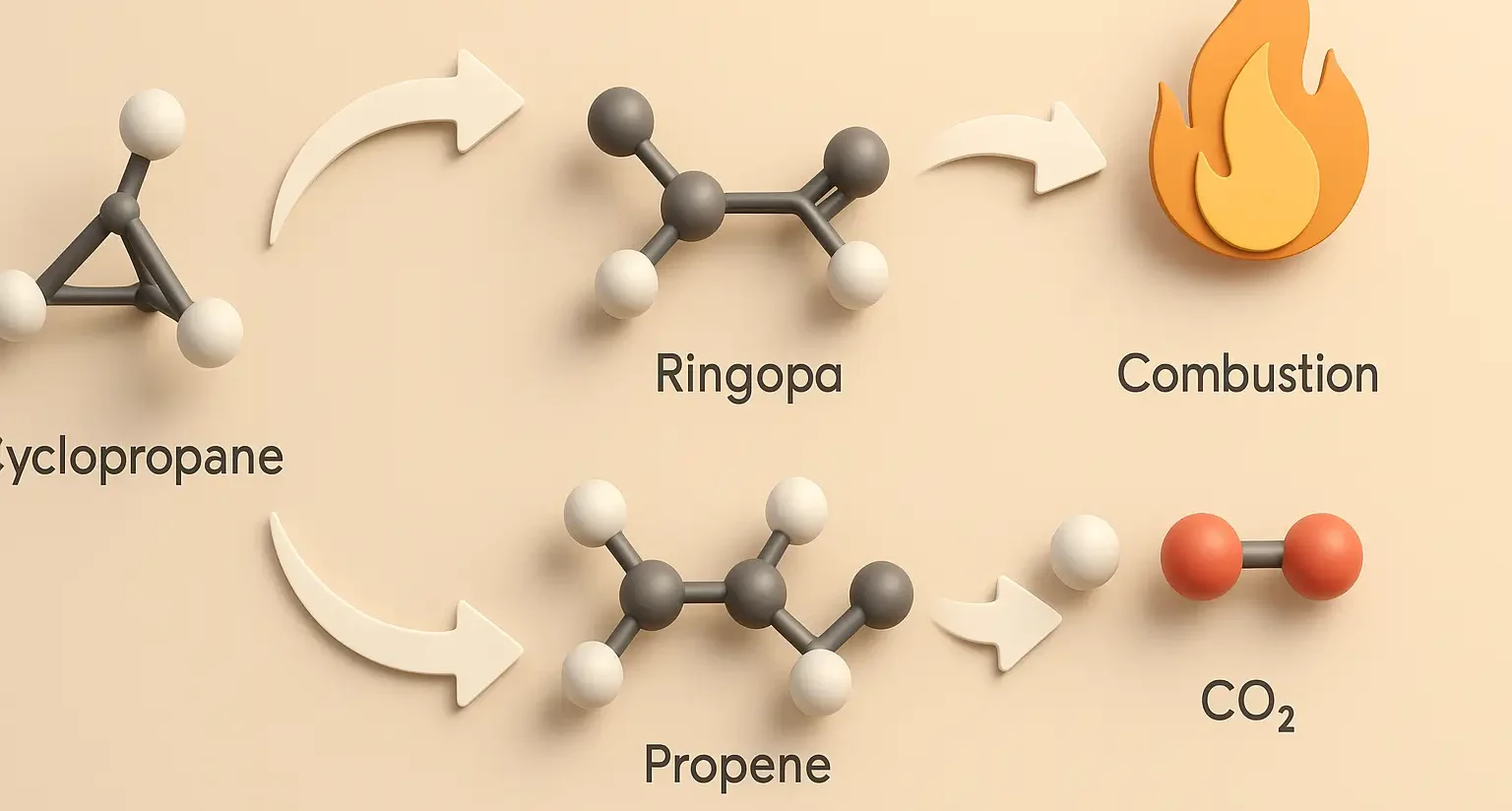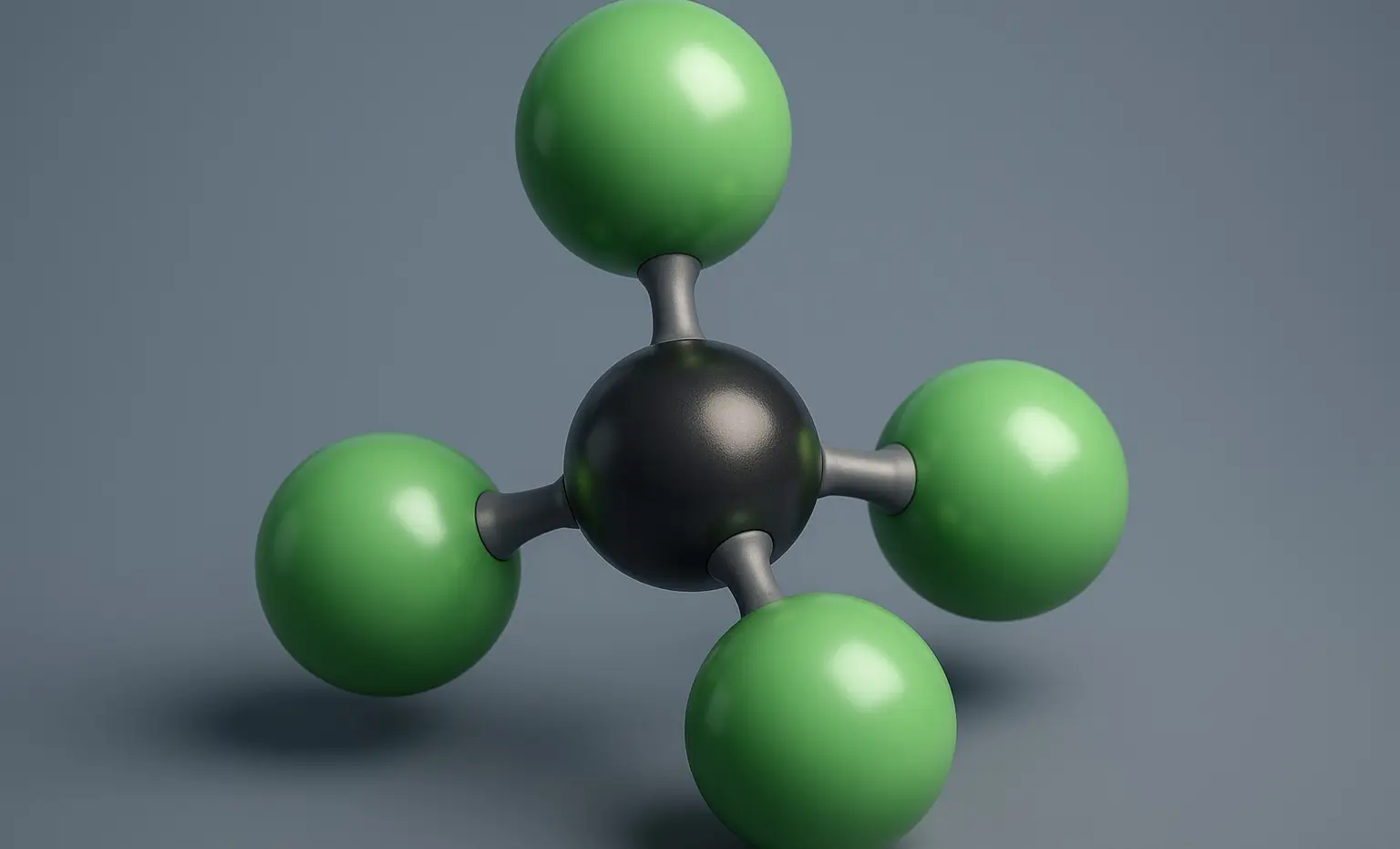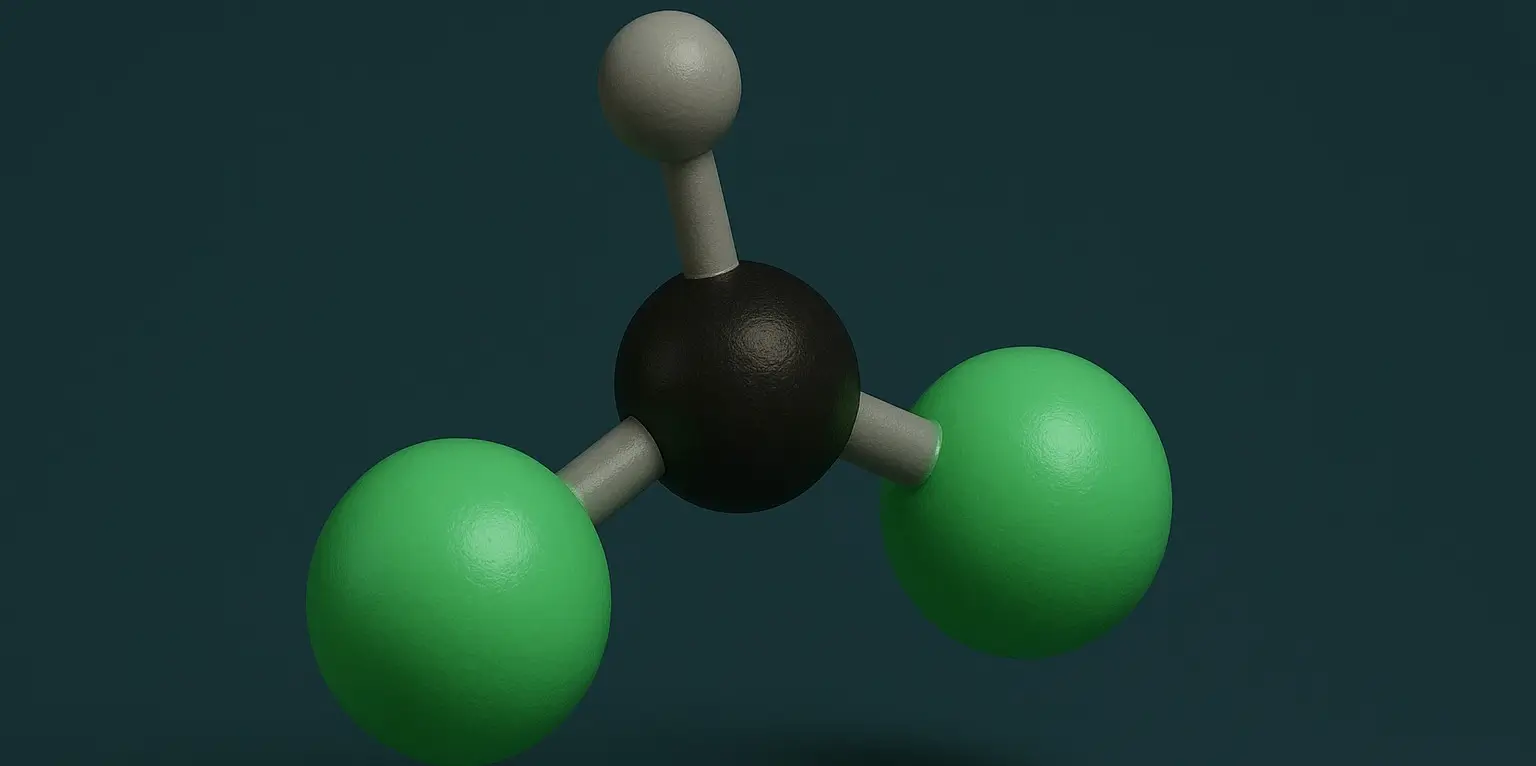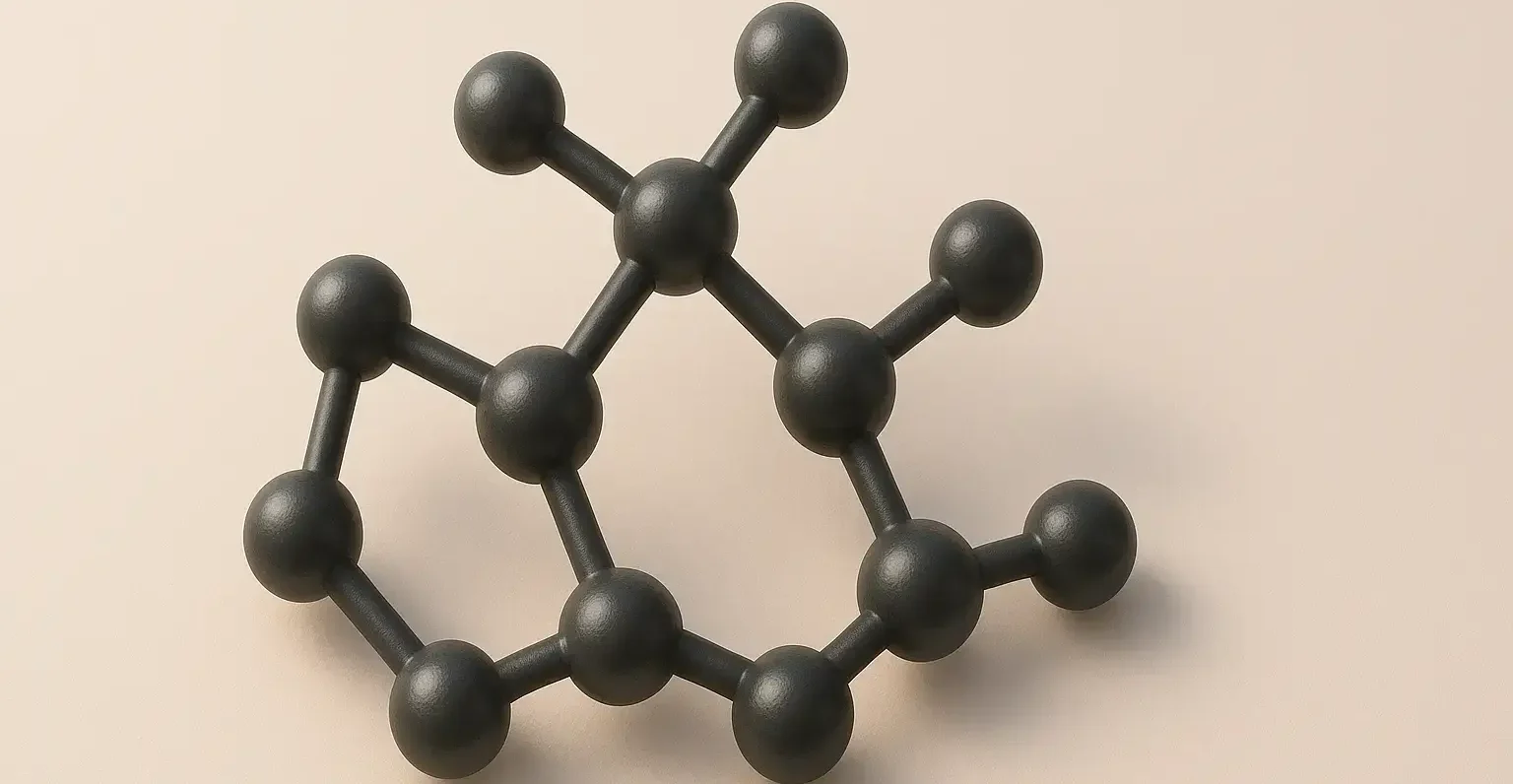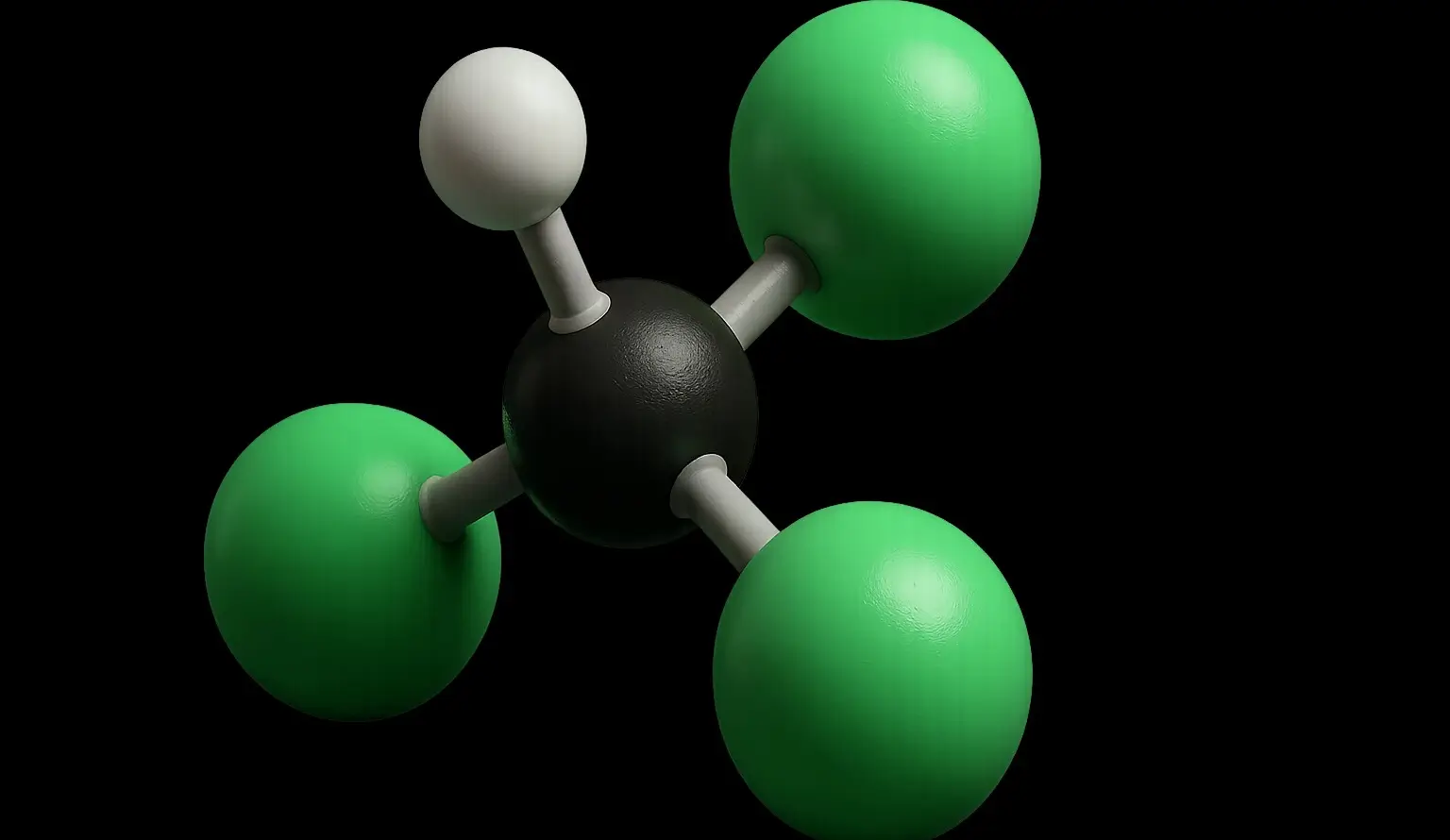Alcohols
Alcohols are a class of organic compounds characterized by one or more hydroxyl (-OH) groups attached to a carbon atom. They play a crucial role in various industrial, medical, and scientific fields due to their versatile chemical properties. Below is a detailed explanation of alcohols, covering their types, nomenclature, physical and chemical properties, classification, and … Read more

